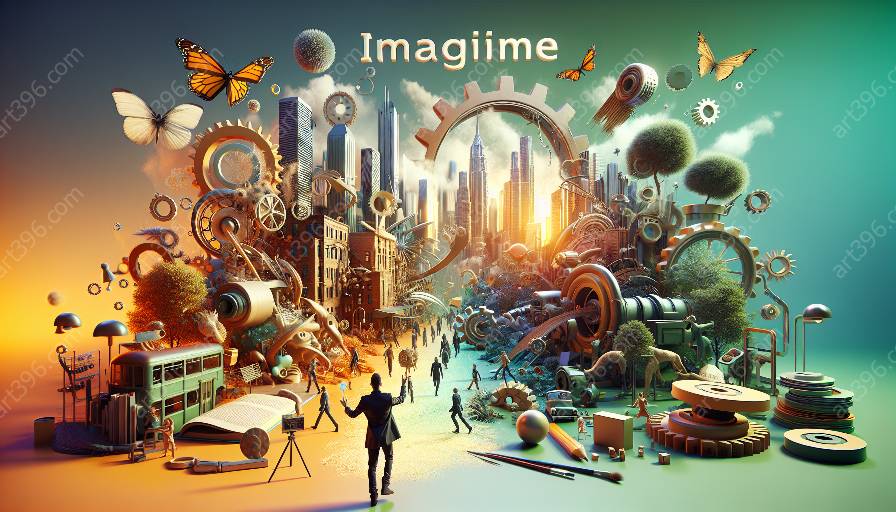In recent years, technological advancements have transformed the way industrial design processes are carried out. One of the most significant developments in this regard is the emergence of 3D modeling, which has revolutionized the way industrial products are conceptualized, designed, and developed.
The Evolution of 3D Modeling
Traditionally, industrial design processes heavily relied on 2D drawings and physical prototypes to visualize and communicate design ideas. However, the advent of 3D modeling has introduced a paradigm shift in the industry. 3D modeling enables designers to create digital representations of products with a level of detail and realism that was previously unattainable. This allows for more accurate visualization and evaluation of designs, leading to improved decision-making during the design phase.
Enhanced Visualization and Conceptualization
3D modeling has significantly enhanced the visualization and conceptualization of industrial designs. By leveraging 3D modeling software, designers can create detailed virtual models of products, enabling them to explore different design options and iterations with ease. This not only accelerates the design process but also facilitates better communication of design concepts to stakeholders and clients.
Iterative Design and Prototyping
Another crucial impact of 3D modeling on industrial design processes is the facilitation of iterative design and prototyping. With 3D modeling, designers can quickly modify and refine their designs based on feedback and requirements, leading to a more streamlined and efficient design iteration process. Furthermore, 3D modeling allows for the creation of virtual prototypes, reducing the reliance on physical prototypes and cutting down on development time and costs.
Integration with 3D Modeling and Rendering
The influence of 3D modeling extends beyond industrial design processes. The seamless integration of 3D modeling and rendering technologies has opened up new possibilities for creating photorealistic visualizations of industrial designs. By combining 3D modeling with advanced rendering techniques, designers can produce compelling visual representations that vividly showcase the aesthetic and functional aspects of their designs.
Impact on Photographic and Digital Arts
Furthermore, the influence of 3D modeling extends to the realms of photographic and digital arts. Artists and photographers are increasingly leveraging 3D modeling and rendering tools to expand their creative horizons and push the boundaries of visual expression. The ability to create lifelike 3D models and scenes has revolutionized the creation of digital art and photography, offering new avenues for artistic exploration and storytelling.
Conclusion
3D modeling has undeniably redefined industrial design processes, offering unprecedented opportunities for designers to innovate and bring their ideas to life. Its integration with rendering technologies and its impact on photographic and digital arts highlight the far-reaching influence of 3D modeling in shaping the creative and functional landscapes of various industries.



















































